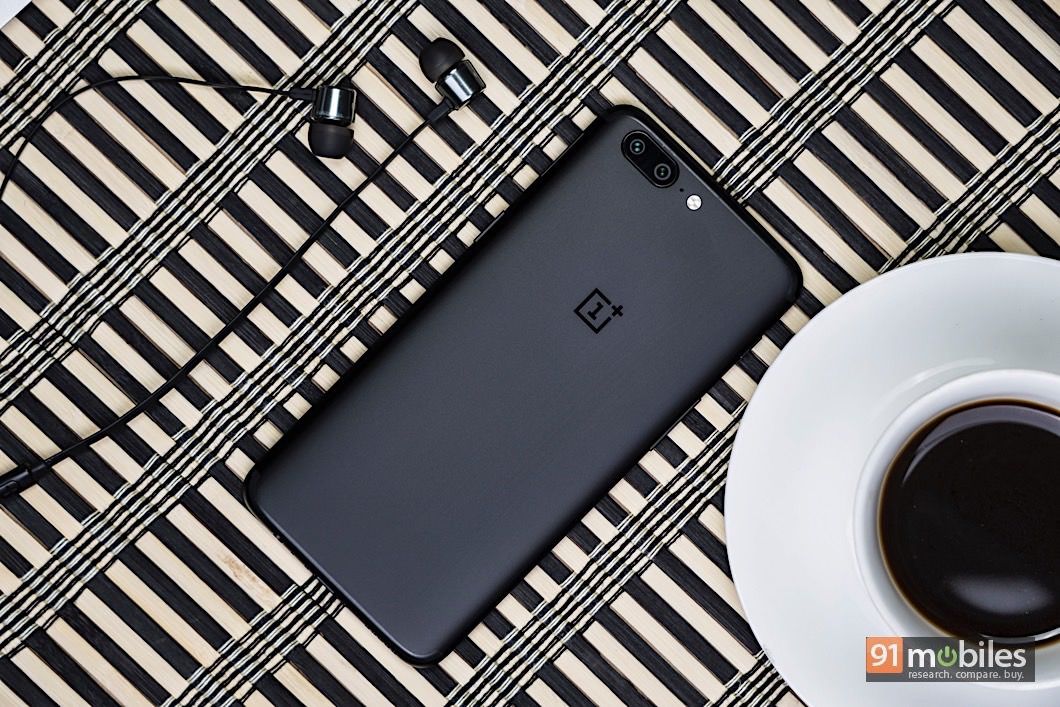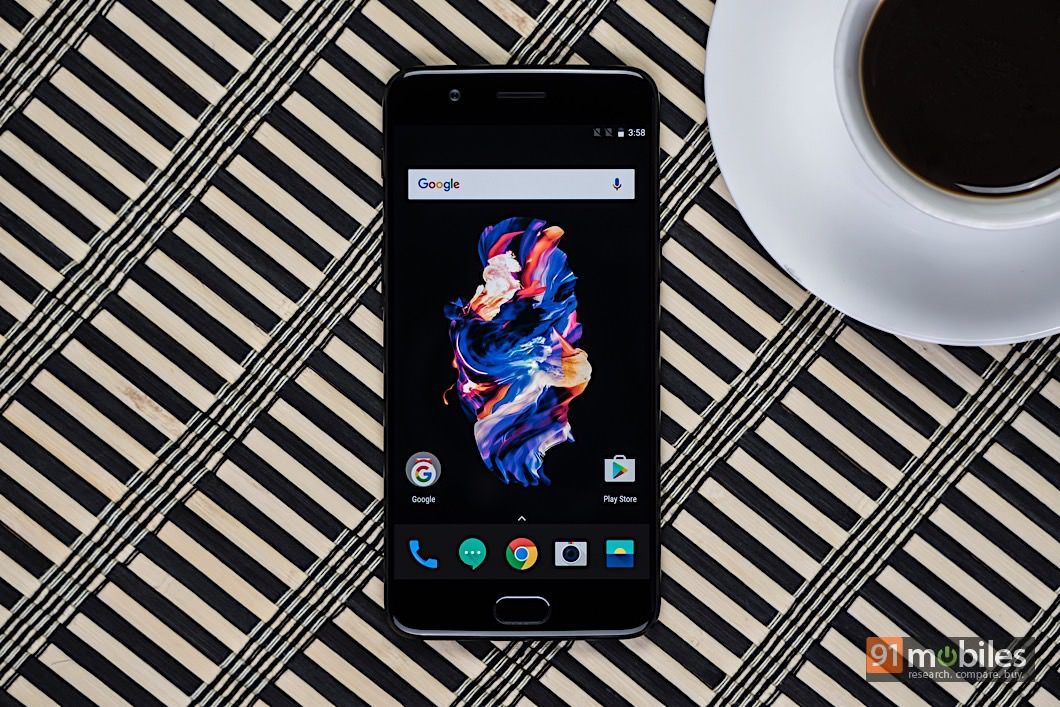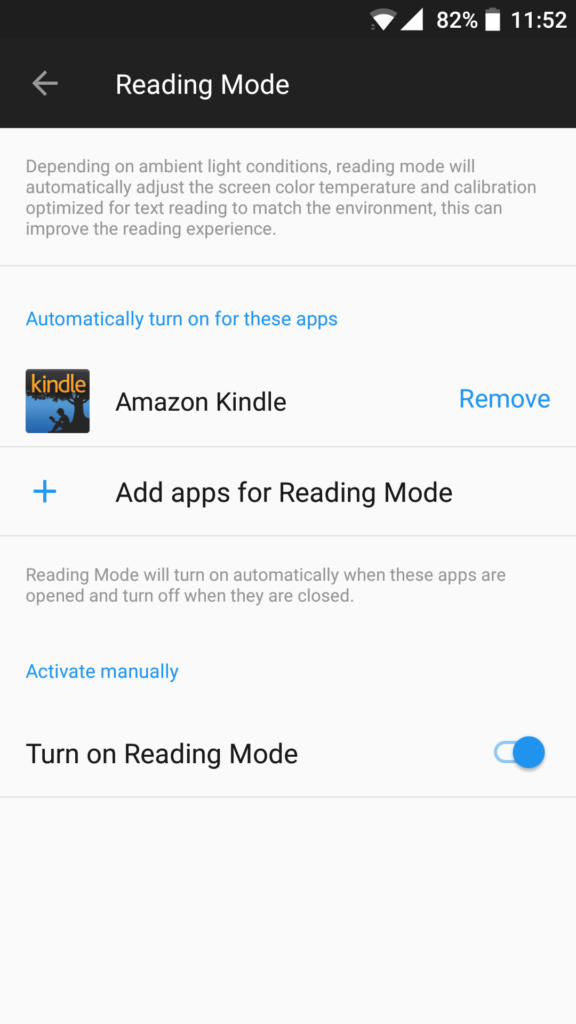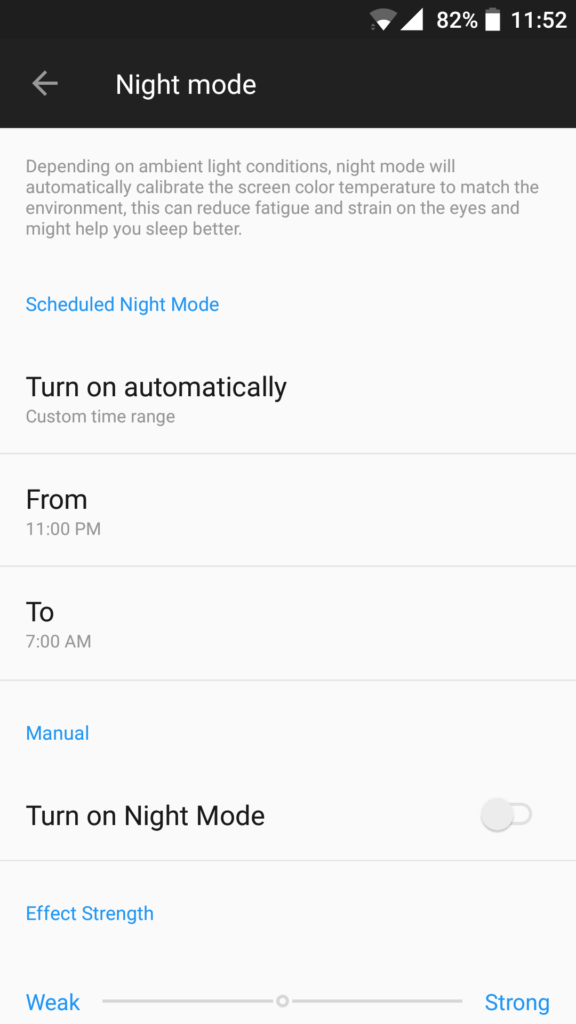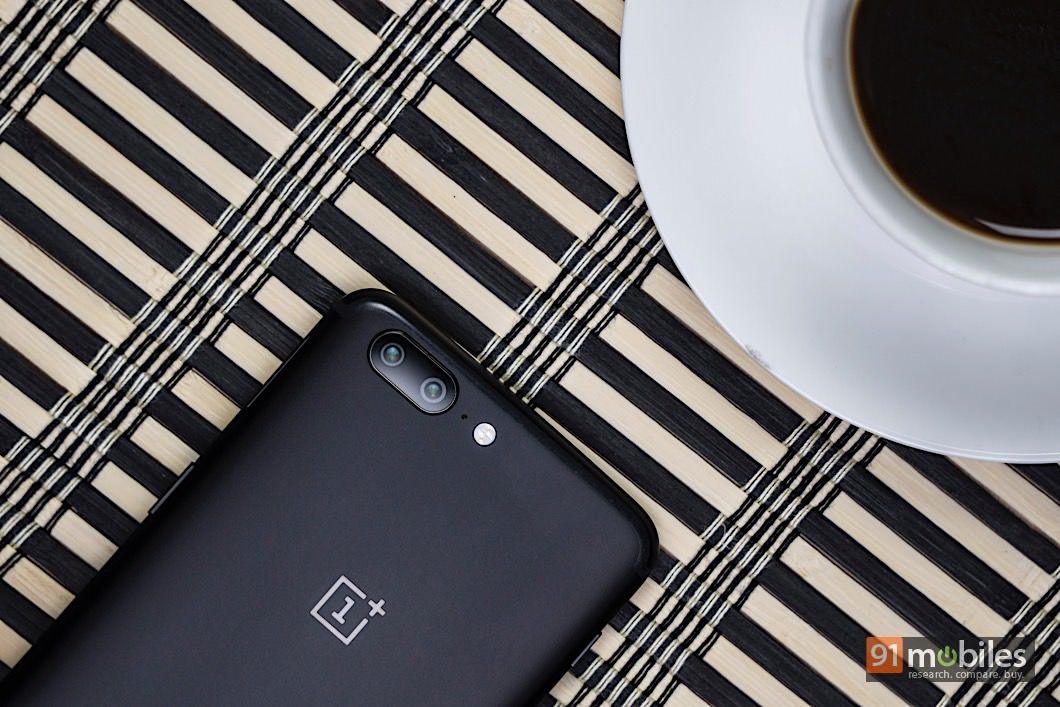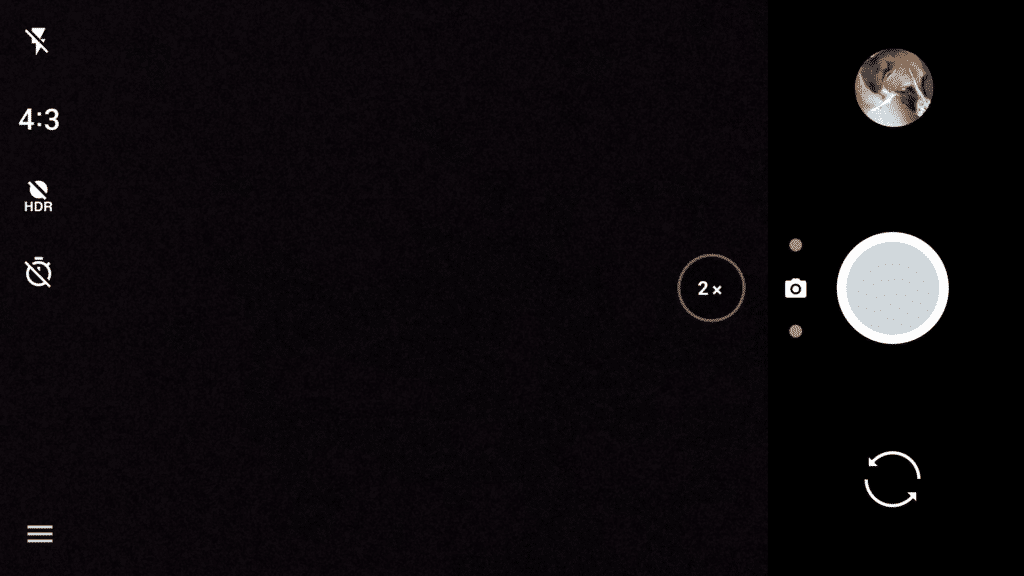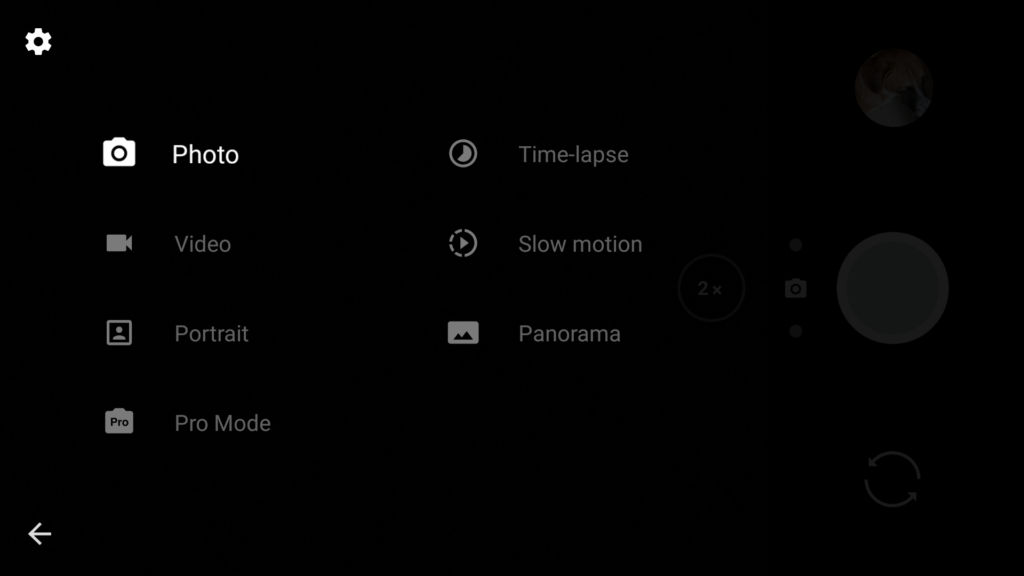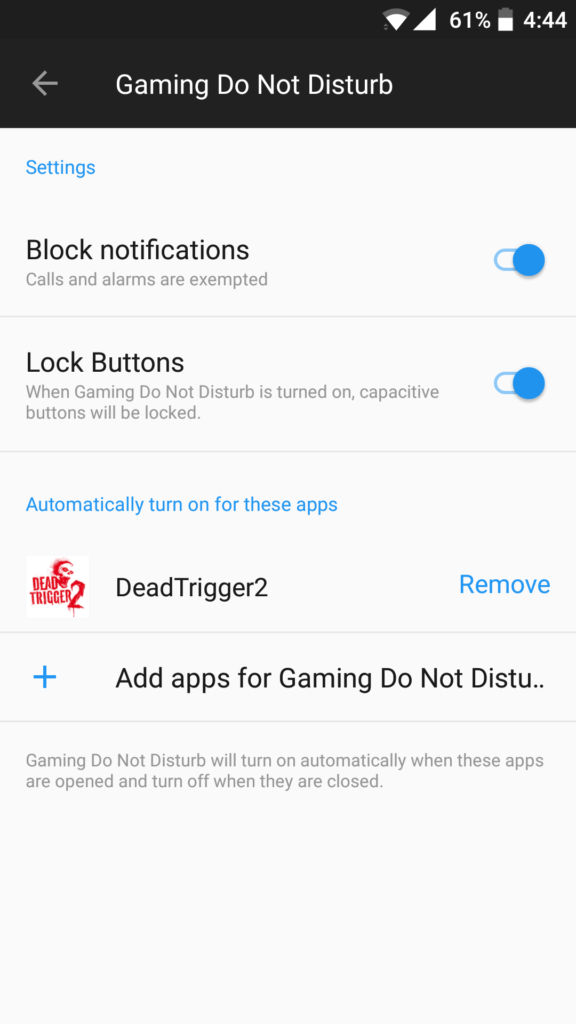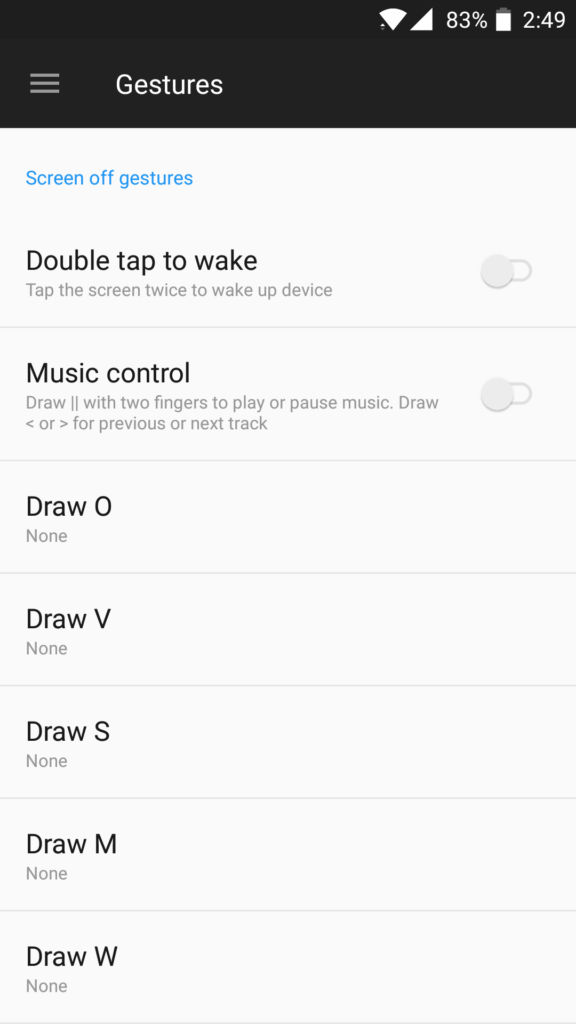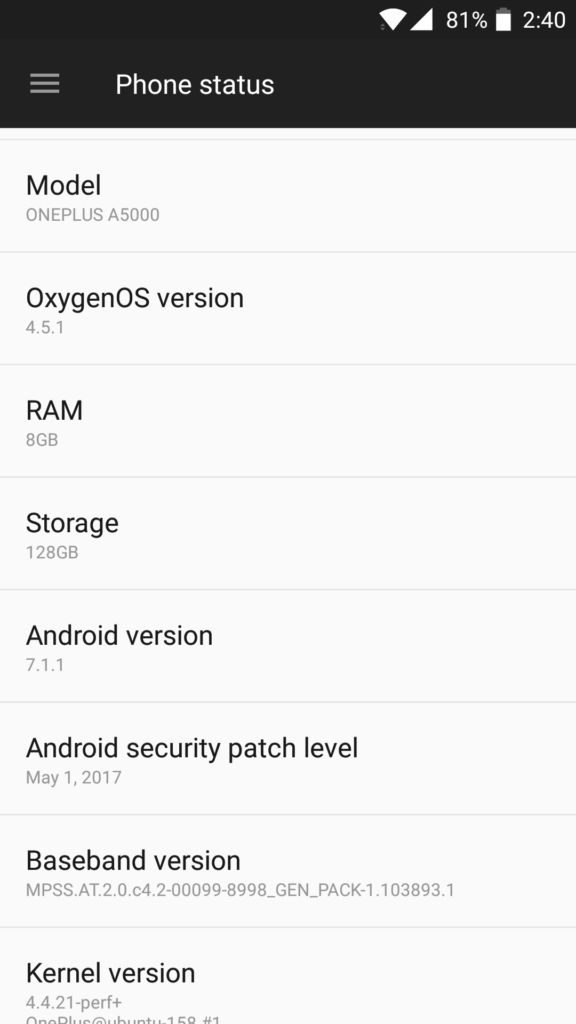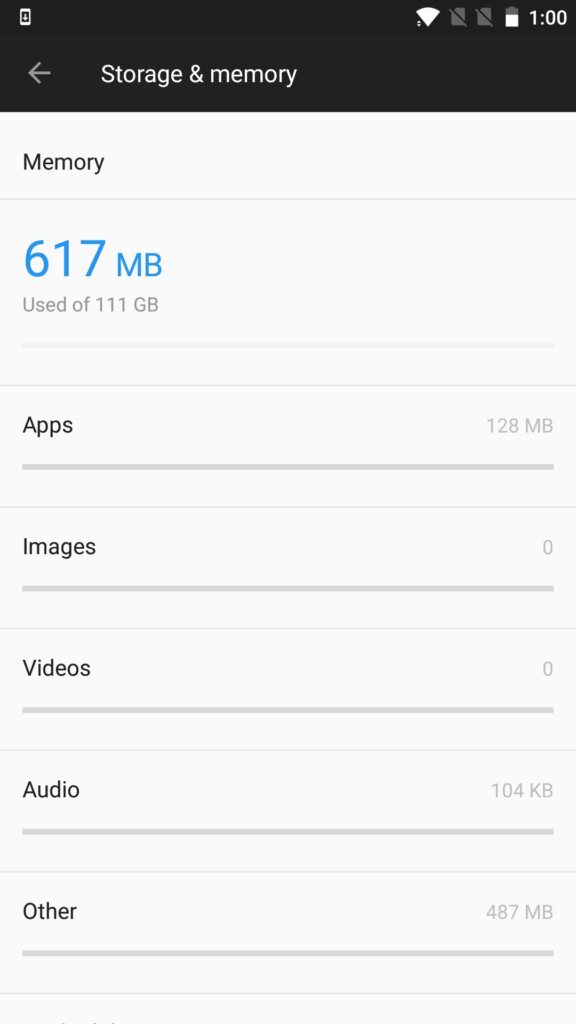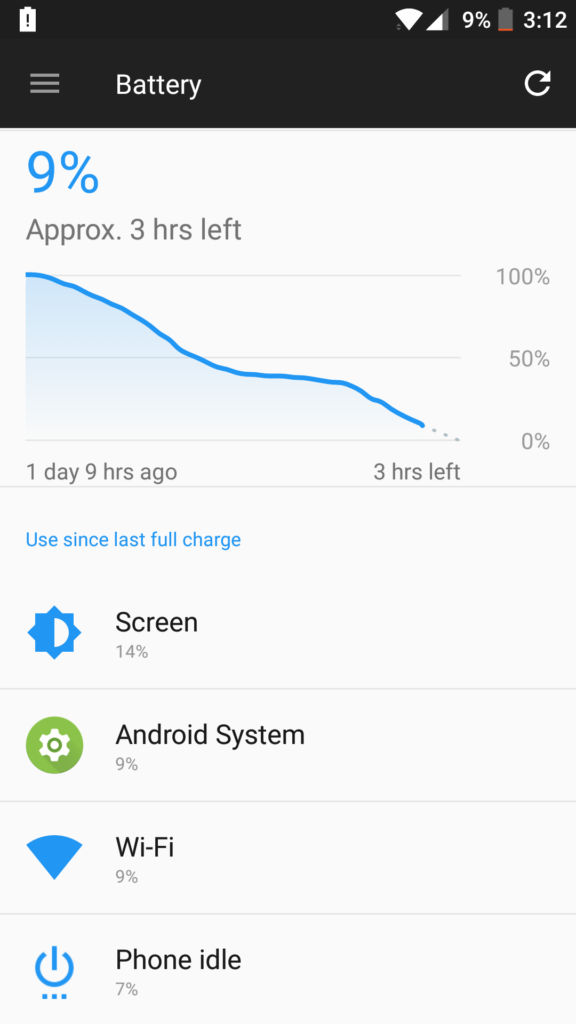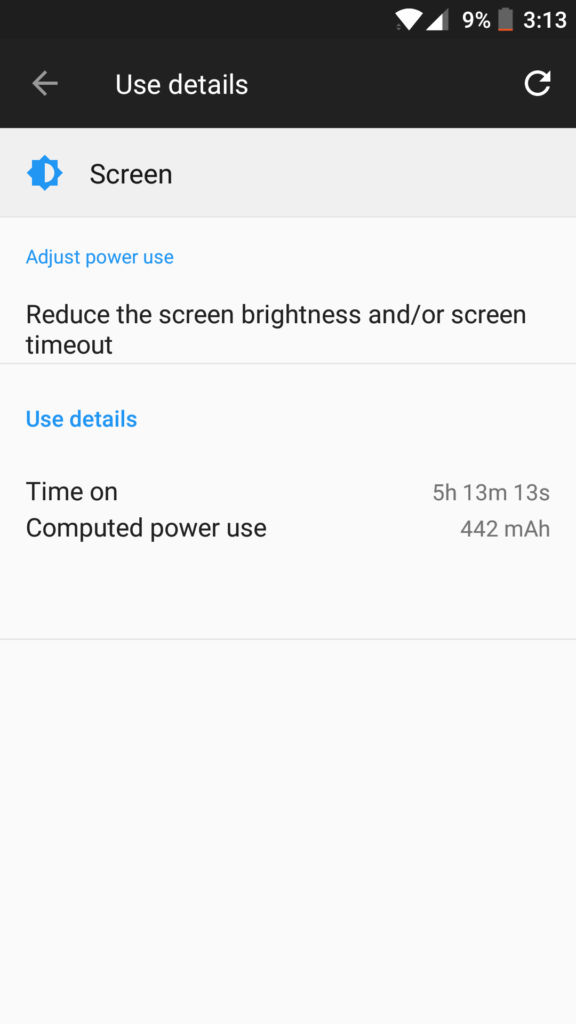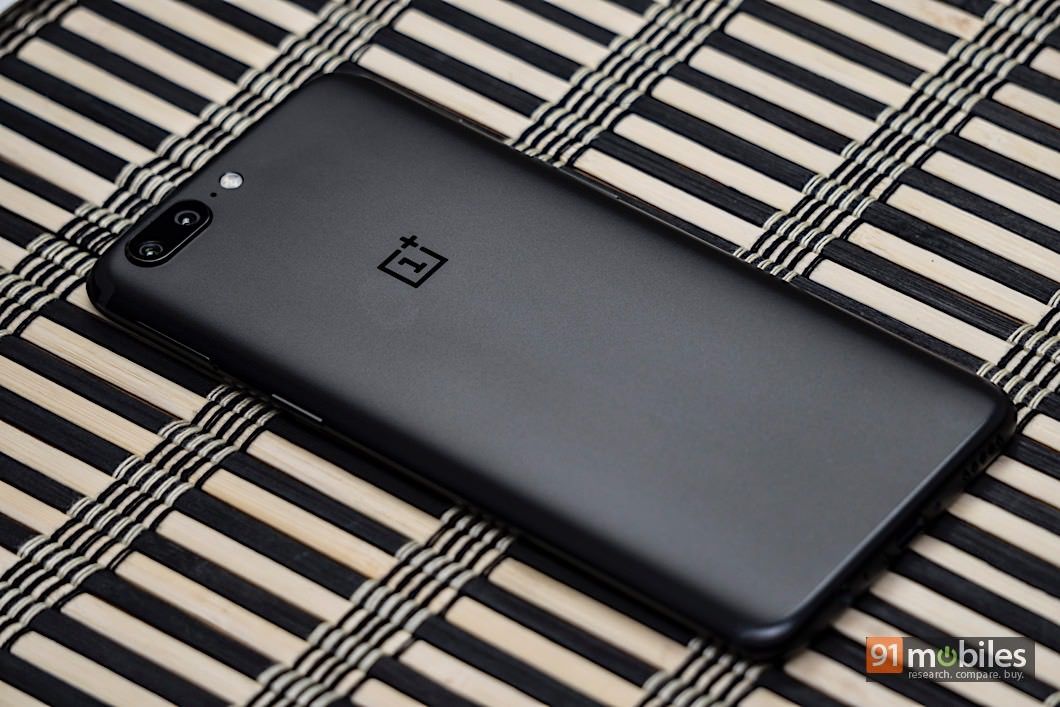OnePlus is no longer the rebellious startup we associated with the OnePlus One. Over the last three years, the company has rapidly expanded its presence to several countries, with India being one of its biggest markets. With the OnePlus 5, the company has upped the ante significantly, and now aims to compete with the big guns. After the success of the OnePlus 3 (review) and OnePlus 3T (review), does the OnePlus 5 have what it takes to be another bestseller? After a couple of weeks using the device as my primary smartphone, I think it does.
Table of Contents
Specs at a glance
| Display | |
| Size | 5.5 Inch |
| Resolution | Full HD (1080 x 1920 pixels) |
| Performance | |
| CPU | Quad core, 2.45 GHz + Quad core, 1.9 GHz, Snapdragon 835 |
| RAM | 8 GB |
| Storage | |
| Internal memory | 128 GB |
| Battery | |
| Capacity | 3300 mAH, Li-Polymer, Non removable |
| Camera | |
| Primary camera | 16 MP |
| Secondary camera | 16 MP |
| Connectivity | |
| Network support | Dual SIM 4G |
| Other options | Wi-Fi, Bluetooth 5.0, GPS |
| Others | |
| Battery Capacity | 3300 |
| Operating system | Android 7.1.1 Nougat |
Summary
The OnePlus 5 is the company’s most ambitious flagship yet, and it succeeds on most counts. With internals like a Snapdragon 835 processor and up to 8GB of RAM, good performance is a given. The dual cameras are impressive in most situations, and the battery life is great too. I do have a few reservations about the smartphone, which you’ll read about in my review, but overall, it’s a well-rounded flagship that’s excellent value for money.
Design: familiar, in more ways than one

The OnePlus 5’s design has been the subject of controversy ever since the first press render leaked online. And with good reason – the matte black (Midnight Black) finish, horizontally placed dual cameras and antenna lines at the extreme top and bottom could easily be mistaken for the iPhone 7 Plus (review). 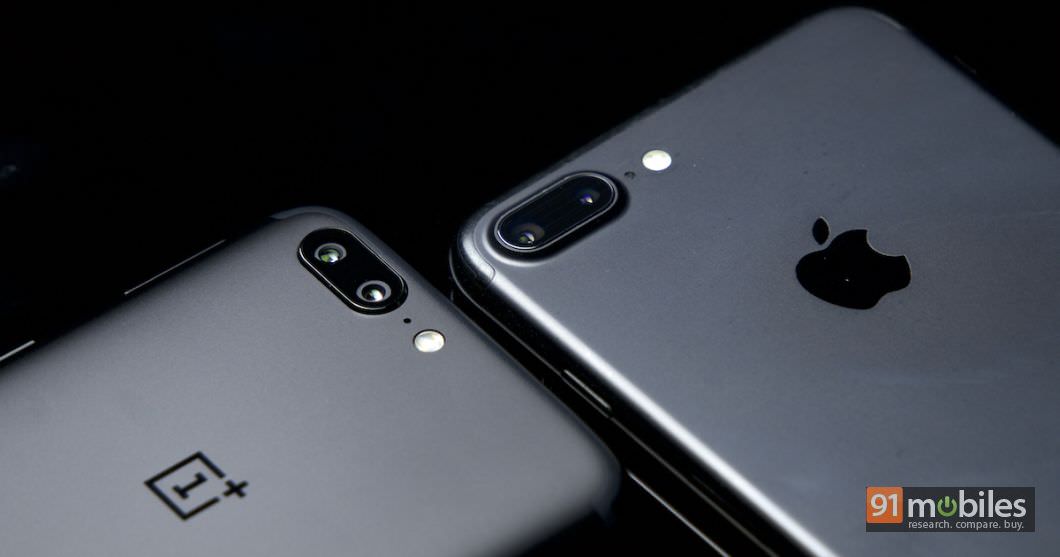
That said, the OnePlus 5 is a sexy phone in its own right. The moment I picked up the phone, I could tell that it’s much sleeker and more compact than the iPhone 7 Plus. At 7.25mm, the OnePlus 5 is the brand’s slimmest smartphone yet, and it shows. The port and button placement is standard, and the trademark Alert Slider appears at its usual place on the left spine. In case you were wondering, there is a headphone jack present too.
The front panel can easily be mistaken for the 3T, with the same positioning of the earpiece, sensors and fingerprint scanner. The backlit capacitive navigation keys are a bit iffy though, lighting up only when you place your finger on top of them. You can reverse the layout of the navigation buttons in settings, and opt for onscreen controls too if you prefer. Despite the rip-off design, the OnePlus 5 looks every bit the flagship. The finish, right from the black paint job to the precise ports and buttons is impeccable. It doesn’t have waterproofing or the sleek bezel-less design of the Samsung Galaxy S8 (review) and LG G6 (review), but considering the cost savings, it’s a compromise I’d be willing to make.
Display: no 2K, and that’s ok

Rumours were rife that the OnePlus 5 would feature a 2K display, but the brand has decided to stick with the same 5.5-inch full HD Optic AMOLED panel we saw on the 3T. After the hue and cry about the lack of an sRGB colour mode on the OP3 (this was later rectified through a software update), OnePlus has decided to be extra careful with the OP5. Apart from the default, highly saturated colour profile, there are also options to enable sRGB, DCI-P3 and a custom colour profile. Personally, I prefer the default screen calibration. It might not appease purists, but it makes colours look punchy, and is nicer if you use a lot of social media and watch videos on your phone. Despite the lack of 2K resolution, the screen is exceptionally clear and sharp, with text and icons sitting close to the screen. The use of Gorilla Glass 5 should protect it from untoward knocks and scratches too.
One of the most notable new additions on the OnePlus 5 is the new Reading Mode feature. This essentially converts the screen to greyscale, and automatically adjusts the temperature and calibration depending on ambient light. You can enable it manually or configure it automatically for specific apps.
Cameras: flagship grade

Like the design, the OnePlus 5 borrows its dual camera setup from the OPPO R11 as well. The main camera is a 16MP unit with a wide f/1.7 aperture, while the secondary 20MP telephoto lens features a narrower f/2.6 aperture. Thanks to the latter, the OnePlus 5 offers 2x lossless zoom (roughly 1.6x optical zoom), which can be easily enabled by tapping a button on the camera’s viewfinder. Images taken at 2x zoom are often grainy though, and we discovered that the telephoto lens only works in good lighting. In anything less than optimal lighting, the 16MP sensor kicks in, so what you get in that case is actually digital zoom. We also discovered that in the Pro mode, the telephoto lens is never used – even in good lighting. We’ll investigate this issue more thoroughly over the next few days, and update you once we’ve contacted the company.
The main camera is a competent shooter, with lightning fast focus speeds and the ability to capture good dynamic range. There’s also an auto HDR function which you can enable. Images are sharp and full of detail, and some shots taken in daylight are on par with the likes of the Google Pixel and Galaxy S8. Low light is where the camera struggles, particularly for indoor shots. Surprisingly, there’s no optical image stabilisation, and OnePlus has added electronic image stabilisation instead.
Related read: OnePlus 5 vs Samsung Galaxy S8+ vs Google Pixel: which phone has the best camera?
The Portrait mode feature is also borrowed from the iPhone 7 Plus, and uses both cameras to create a depth of field effect. The mode is hit and miss, and I often ended up with softened edges that looked artificial. I also found that the camera bumps up contrast in this mode.The OnePlus 5’s Portrait images fare well in good lighting, but images taken indoors (even in ample lighting) tend to have a lot of grain.
Related read: OnePlus 5 vs Apple iPhone 7 Plus: the epic dual camera battle
The OnePlus 5 also has a pretty amazing selfie camera. The 16MP camera comes with a screen flash option, and captures exceptionally detailed selfies. It’s one of the best front cameras you’ll find on any smartphone in the market.
Software: a fresh breath of Oxygen
The OnePlus 5 runs OxygenOS based on Android 7.1.1, which is pretty much a pure Android experience with a few extras. You get the standard Shelf to the left of the homescreen with shortcuts to your frequently used contacts and apps. The latest version of OxygenOS brings a few new additions, including the Reading Mode I mentioned earlier.
There’s the ability to capture expanded screenshots, schedule the Night Mode for a custom time range and assign specific apps / functions to screen off gestures. A nifty feature in OxygenOS is the ability to choose vibration intensity from Light, Medium and Strong settings, as well as select one of five incoming call vibration patterns. One of my favourite additions to OxygenOS is Gaming Do Not Disturb, which blocks notifications and disables the capacitive buttons when gaming.
Performance: the Usain Bolt of smartphones

The OnePlus 5 is every spec geek’s wet dream on the performance front. Powered by a top-of-the-line Snapdragon 835 processor, it comes in 6GB and 8GB RAM configurations. There’s 64GB and 128GB of storage on board, respectively, but no microSD card slot for expansion. I reviewed the 8GB variant, and got about 111GB to use out of the box. The OnePlus 5 is also loaded on the connectivity front – you get dual-band Wi-Fi 802.11ac with 2×2 MIMO, Bluetooth 5.0, GPS with GLONASS, NFC and support for pretty much all GSM bands. It’s a dual SIM device, and of course, it supports VoLTE.
In terms of daily performance, the OnePlus 5 performs like a hot knife in butter. It’s so snappy that going back to any other phone after using this device is frustrating. I’ve been using the phone as my primary driver for a couple of weeks, and I haven’t encountered any performance issues so far – barring the odd app freeze. You won’t notice any frame drops while gaming, and the phone offers impressive heat management too so you don’t need to worry about toasty fingers.
The fingerprint sensor on the OnePlus 5 is one of the fastest I’ve used, and almost never missed a beat. The OnePlus 5’s speaker is louder than the one on the 3T, but sound gets distorted and tinny at higher levels.
One of the areas where OnePlus compromised with the 5 was the battery – instead of the 3,400mAh unit on the OnePlus 3T you now get a slightly smaller 3,300mAh unit. That said, OnePlus claims that Snapdragon 835’s power efficiency and battery optimisations make the OnePlus 5 last 20 percent longer than the 3T, and after my usage, I’m inclined to agree. I got between five to six hours of screen on time on average, and on most days, I had enough juice to spare to not bother with charging the phone at night. Plus, you get OnePlus’ Dash Charge tech, which is a feature you’ll find hard to live without after using – just half an hour charges the battery to about 60 percent. The only downside to this of course is that you have to use the bundled Dash Charge adapter and the cable, which seems to have become even more bulky this time around. In our battery drain test, the OnePlus 5 lasted an impressive 22 hours and 11 minutes. Juicing it up fully took a mere 1 hour and 32 minutes.
Verdict

So here’s the thing – the OnePlus 5 is a great phone. It’s got beastly performance, good cameras and long battery life, and gives you everything you’d expect from a flagship. Unfortunately, OnePlus seems to have forgotten its own mantra of never settling. When the company started out, its goal was creating innovative smartphones at affordable prices. The OnePlus 5 is in fact the opposite – it borrows heavily from other successful smartphones, and while the prices are still affordable when compared to the competition, it’s the most expensive OnePlus device yet. That said, I have no doubt that the OnePlus 5 will appeal to large segment of users. The device marks the transition from flagship killer to flagship, and in the process, joins the leagues of the Samsung Galaxy S8, HTC U11, LG G6 and Google Pixel.
Editor’s Rating: 4 / 5
Pros:
- Buttery smooth performance
- Good battery life
- Excellent cameras
Cons:
- Unoriginal design
- No expandable storage
- More expensive than previous OnePlus flagships
Photos by Raj Rout

